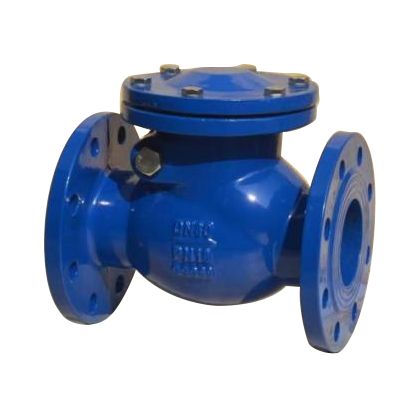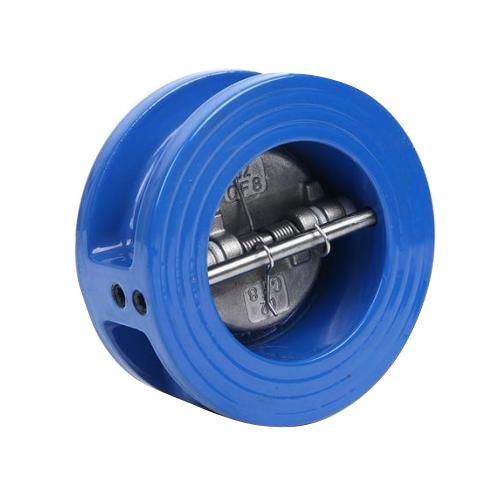What Are the Types of Check Valves?
2025-01-10
In fluid control systems, check valves can prevent the backflow of media and ensure unidirectional flow of fluid. This very practical valve is designed into various types according to different applications and needs, each with unique structural and functional characteristics.
| The common types of check valves |
|
|
1. Swing check valve
The valve disc of the swing check valve is disc-shaped, and it is opened and closed by rotating around the rotating shaft of the valve seat channel. The internal channel of the valve is streamlined, so the flow resistance is relatively small, which is particularly suitable for large-caliber occasions with low flow rate and infrequent flow state changes. However, it is not suitable for pulsating flow. In the case of pulsating flow, its sealing performance may not be as good as other types of check valves.
Swing check valves can be divided into single-flap type, double-flap type and multi-flap type according to the different valve calibers.

2. Lift check valve
The valve disc of the lift check valve is opened and closed by sliding along the vertical center line of the valve body. It has a compact structure and a relatively large fluid resistance coefficient, and performs well in high-pressure and small-caliber occasions. The installation methods of lift check valves are different. According to this feature, they can also be subdivided into vertical lift check valves and horizontal lift check valves. The former is more suitable for vertical pipelines, while the latter is common in horizontal pipelines.
3. Axial flow check valve
Axial flow check valve is a special type of check valve that relies on the force of medium flow to push the valve disc to move along the axis to achieve rapid closure. This valve is widely used in industries such as petrochemicals, especially in some occasions that require rapid response, low pressure loss and low noise. It is more suitable for harsh working conditions.
4. Butterfly check valve
The butterfly check valve is named after its unique butterfly valve disc. The valve has a large flow area when opened, reduces fluid resistance, and has a simple structure, light weight, and easy installation. It is widely used in a variety of fluid control systems.

The above four are more common types of check valves. Of course, there are some other special types of check valves, such as compression check valves and pipeline check valves, which are usually designed according to specific application requirements and can better meet the needs of special situations.



